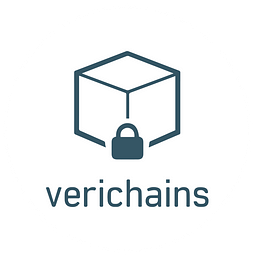The cryptocurrency community was rocked on March 14, 2024, by the MO token hack, which exposed a critical business logic vulnerability. This flaw led to a devastating loss of over 413K USDT, highlighting the pressing need for enhanced smart contract security and illustrating the inherent risks in the DeFi landscape.
Hack Overview
The attack was meticulously executed, targeting a vulnerability in the MO token's smart contract. The hacker, identified through the address 0x4e2c60, engaged with the compromised contract (0xae7b65) and initiated the attack using transaction 0x4ec306. The attack exploited the "borrow" and "redeem" functions, allowing the attacker to manipulate the token’s price and siphon a significant amount of USDT.
Decoding the Vulnerability
1. Initiate Borrowing: The attacker repeatedly called the `borrow` function, which transferred MO tokens from the liquidity pair to a BURN address.
2. Supply Reduction: Each `borrow` reduced the MO tokens in the pair, decreasing the available supply.
3. Price Inflation: As the supply of MO tokens dropped, the price calculated by the contract increased significantly.
4. USDT Borrowing: The inflated MO token price allowed the attacker to borrow large amounts of USDT with minimal MO collateral.
5. Extract Funds: The attacker successfully drained substantial USDT from the contract by exploiting this vulnerability.
Mitigation and Best Practices
The MO token hack is a stark reminder of the importance of comprehensive testing and auditing in smart contract development. Rigorous test cases covering all business logic scenarios are essential for identifying and mitigating potential vulnerabilities. Partnering with leading smart contract auditors, such as Verichains, can provide an additional layer of protection by uncovering logical flaws that might otherwise go unnoticed.
As DeFi continues to grow, the lessons from the MO token hack will be pivotal in shaping more secure and resilient smart contracts. Strengthening these protocols is vital to safeguarding assets and maintaining user trust in this rapidly evolving financial ecosystem.










